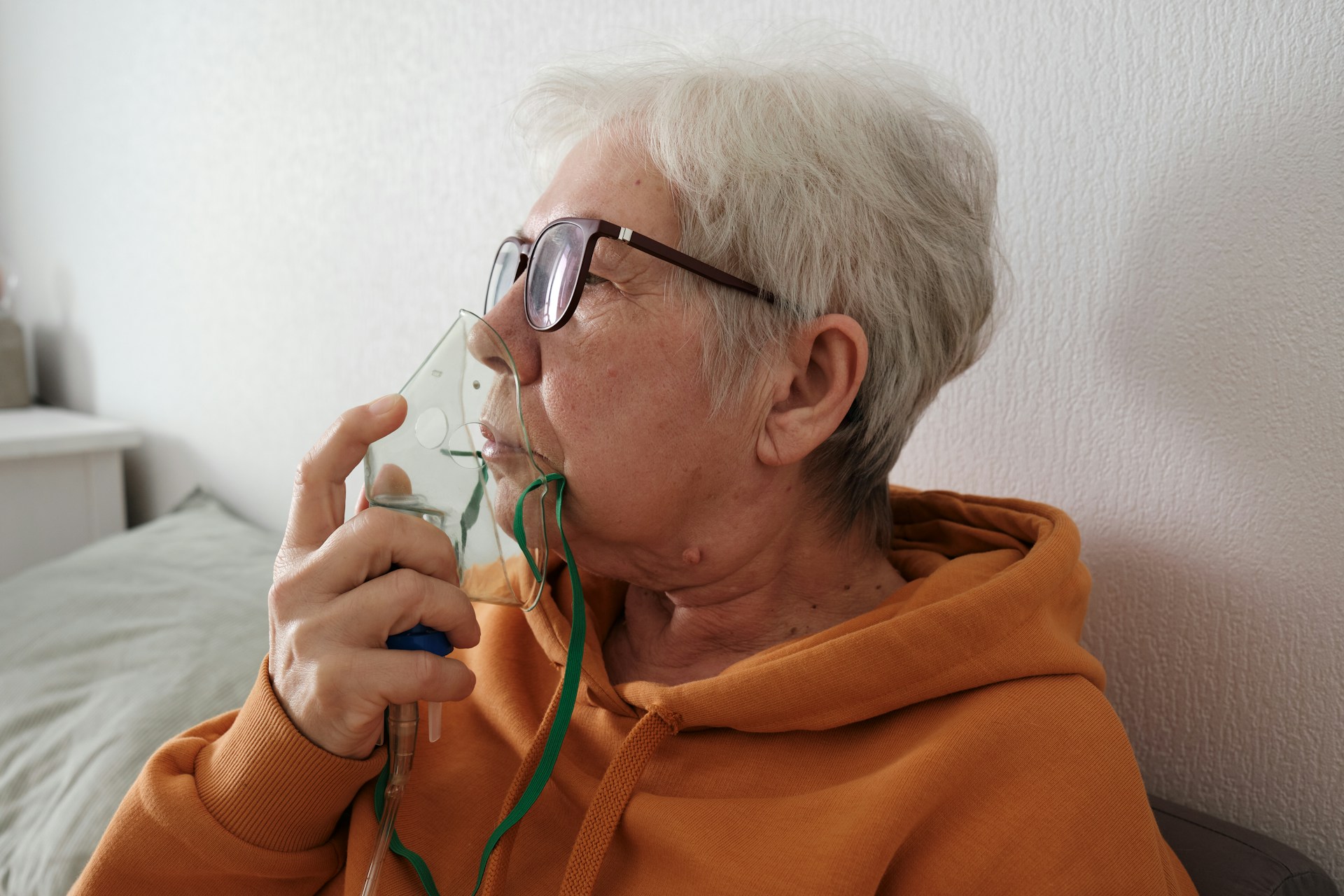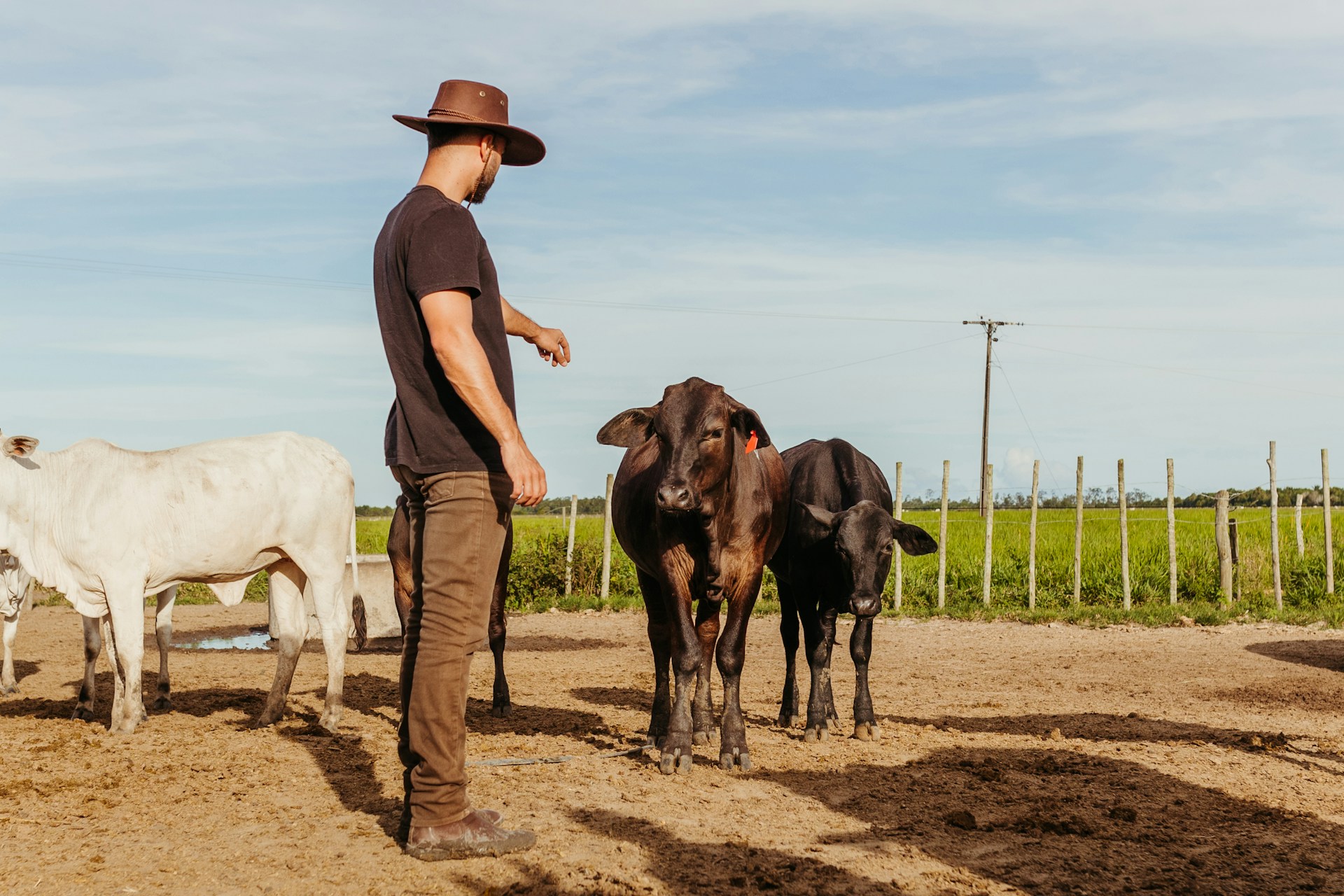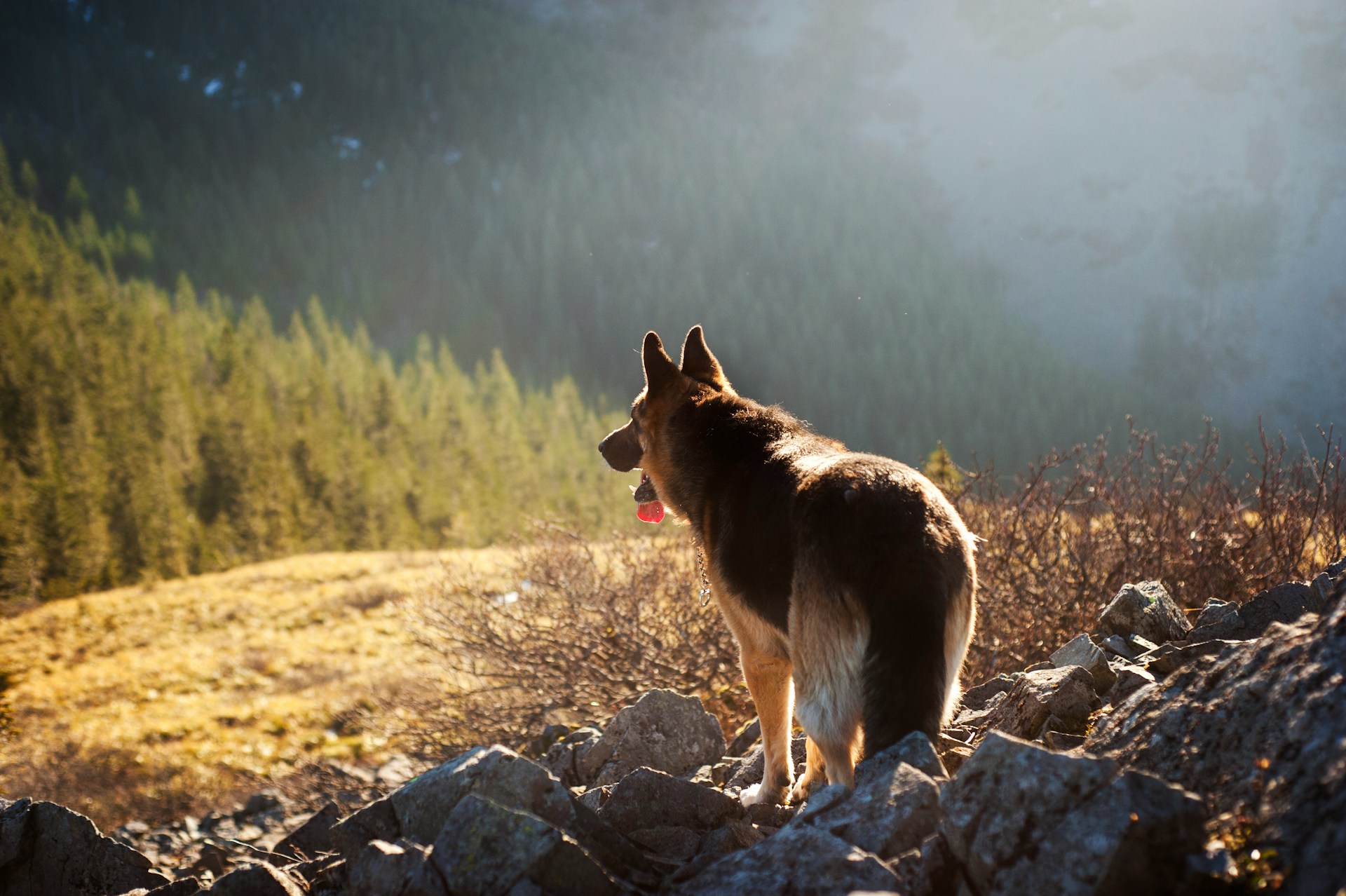Preparedness
Essential Emergency Preparedness Tips for Seniors You Can’t Ignore

Natural and man-made disasters pose a significant threat to all, but seniors face heightened risks during such events. Whether it’s a hurricane, wildfire, winter storm, or heat wave, older adults are particularly vulnerable. For instance, in the 1995 Chicago heatwave, individuals aged 65 and older accounted for nearly two-thirds of fatalities. Furthermore, those over 85 are more than four times more likely to perish in a wildfire compared to the general population.
The reasons for these increased risks are multifaceted. Seniors often face challenges such as limited financial resources, isolation, and mobility issues, making it difficult for them to prepare adequately for emergencies. A 2012 study highlighted that nearly one in six adults over 50 would require assistance to evacuate their homes in an emergency, with almost one in ten needing help from outside their household.
Despite these alarming statistics, a 2014 study revealed that less than a quarter of seniors have developed plans for responding to natural disasters. Alarmingly, senior service professionals are often unprepared to assist the elderly in their communities during such crises.
Planning is the cornerstone of effective emergency preparedness for seniors. It’s crucial for older adults and their caregivers to thoughtfully consider how to respond to natural disasters. Collaborating with friends, family, and neighbors to devise a comprehensive plan can significantly alleviate anxiety during emergencies.
One essential step is selecting a contact person who will check on the senior during a disaster. It’s important to establish a clear communication method, whether by phone or in-person visits. Discussing a check-in system with neighbors can also be beneficial.
Maintaining a list of contact information for family and friends is vital. This list should be kept near phones and included in the Emergency Supply Kit. Additionally, planning evacuation routes and destinations is crucial, especially for those in retirement or assisted living communities. Keeping exit routes and meeting places easily accessible is advisable.
Creating a care plan and storing a copy in the Emergency Supply Kit is recommended. The CDC offers a user-friendly care plan template that can be utilized. For seniors with specific needs, registering with services like SMART911 or Code Red can help first responders provide timely assistance.
In the aftermath of an emergency, access to clean water or electricity may be limited. It’s essential to have a personal supply of food, water, and other necessities to last at least 72 hours. Ideally, this supply should be extended to two weeks or even a month.
For medical preparedness, a minimum of a 7-day supply of medication is necessary. If medications require refrigeration, having a cooler and ice packs on hand is crucial. Seniors should also wear an ID band with their full name, a contact number for a family member or caregiver, and any allergies.
Documentation is another critical aspect of preparedness. Physical copies of important documents should be stored in a waterproof bag, with digital photos taken for backup. This includes a list of medications, allergies, and durable power of attorney documents.
Additional tips can further enhance preparedness for seniors. In earthquake-prone areas, securing heavy furniture and electronics with straps or putty can prevent injuries. Regularly testing smoke alarms and considering strobe or vibrating systems for those with sensory impairments is advisable. Ensuring mobility devices are easily accessible can facilitate quick evacuations.
Falls are a leading cause of injury among seniors, often leading to a transition to nursing homes. Attending fall-prevention classes and using assistive devices can mitigate this risk. For those planning for scenarios where medical care may be unavailable, including durable medical equipment in home kits is wise.
Finally, evaluating the home environment for accessibility is crucial. Ensuring at least one entrance without steps and having a bedroom on the same level can be beneficial. Everyday chores should be adapted to accommodate reduced mobility, such as using taller raised beds in gardens.
For seniors dependent on life-sustaining medications, exploring options for maintaining an extended supply is vital. In some cases, crossing borders to obtain a 90-day supply may be feasible, though narcotics are strictly prohibited.
For medications requiring refrigeration, options like solar generators and portable fridges should be considered. Alternatively, utilizing natural resources like running water for cooling may be possible with some modifications. Researching and identifying solutions tailored to individual needs is essential for effective emergency preparedness.
Let us know what you think, please share your thoughts in the comments below.

Preparedness
Start Prepping Now: Simple Steps to Secure Your Future

It’s never too late to embark on the journey of preparedness. Whether you’ve been prompted by recent supply chain disruptions, inspired by reading a novel like “One Second After,” or simply want to be ready for natural disasters such as hurricanes and blizzards, the reasons to start prepping are numerous and varied.
When beginning this path, it’s common to feel overwhelmed by the idea of needing to “get everything,” especially when you’re unsure what “everything” entails beyond the basics of “food and toilet paper.”
The traditional prepper mantra of “beans, bullets, and bandaids” remains relevant, but it’s crucial to approach this with a strategic plan. This means taking stock of what you already have, setting a budget, and determining storage solutions to avoid wasted time and effort.
Another valuable principle in the prepping community is “Two is one, and one is none.” This doesn’t necessarily mean duplicating every item but rather having multiple methods to achieve the same goal. It’s about ensuring redundancy in your plans.
Start by conducting a thorough inventory of your current supplies. You might be surprised to find you already have a week’s or even a month’s worth of essentials. Take note of expired items and remove them. These are likely impulse buys that didn’t get used, so avoid purchasing them again. Focus on what your family actually consumes, particularly canned goods with long shelf lives.
Next, establish a budget for your prepping activities. Even if your financial situation is tight, there are still ways to progress without incurring debt.
“Your budget may be so tight that you can barely keep the lights on but there is still hope.”
For those with more financial flexibility, adopting cost-saving strategies can help you stretch your resources further.
Storage is another critical consideration. Without adequate space, a large shopping trip may leave you with nowhere to put your purchases. If space is limited, consider researching tips on maximizing storage for your preps.
When it comes to building your food supply, it’s important to tailor your purchases to your family’s preferences and rotate stocks using the First In First Out (FIFO) method to prevent food from expiring unnoticed. While some may aim for a year’s supply of food, your financial and spatial constraints will dictate what’s feasible. Various food storage calculators can assist in planning for your family’s needs, whether for a few months or an entire year.
Purchasing dehydrated or freeze-dried foods is another option for long-term storage. Companies like Mountain House offer convenient meals that only require boiling water, making them ideal for hikes or inclusion in a bugout bag.
“My Patriot Supply and Augason Farms are two well-known companies that provide food for long-term storage with shelf lives of 20-30 years.”
These companies offer kits for specific time periods and individual items like fruits and vegetables, which can be consumed straight from the can.
If your budget allows, you can invest in a year’s supply of food for each family member or start with a three-month kit and supplement it over time. Some Walmarts stock Augason Farm items, offering a convenient option for purchasing in-store.
Ultimately, freeze-dried and dehydrated foods offer a low-effort solution that complements any fresh food you grow yourself, serving as a safeguard against crop failures.
Given the current high demand and potential delays in delivery, My Patriot Supply is reportedly well-stocked, making them a reliable choice for those considering this route.
Let us know what you think, please share your thoughts in the comments below.
Preparedness
Safeguard Your Livestock: Essential Tips for Emergency Evacuations

The recent fires in California have brought to light the urgent need for preparedness, especially when it comes to safeguarding livestock during emergencies. The devastation has been particularly hard on Nigerian Dwarf goat breeders, some of whom managed to save only a few animals, while others lost entire herds. These small goats can fit in a car, yet breeders of larger livestock like cattle and horses faced even graver challenges, often having to leave their animals behind to face the advancing flames.
While it is not always feasible to save every animal in a disaster, especially in fast-moving fires, there are proactive steps that can be taken to prepare for emergency evacuations. The key lies in meticulous planning and swift action to protect both you and your animals, whether they are pets or livestock.
First and foremost, assembling an evacuation kit is crucial. This kit should include essential supplies, veterinary information, and a detailed evacuation plan that has been rehearsed. As one expert notes, “Protect your whole family when emergencies arise with the proper supplies, veterinary information, animal identification and an evacuation plan that has been practiced.”
It’s important to have written directions to your home readily available. This can assist you and emergency responders in locating your property quickly. Additionally, identifying alternate sources of food and water is vital, as floodwaters can be contaminated with sewage or chemicals.
Ensuring that vehicles are well-maintained and fueled is another critical step, as is keeping emergency cash on hand since ATMs might not function during a crisis. If evacuation becomes impossible, selecting the safest housing option for your animals is essential, even though the situation may still pose significant risks.
Regular assessments of barns and other structures for stability and safety are recommended. Removing dead trees and minimizing debris in fields can also reduce hazards. For those in wildfire-prone areas, maintaining a defensible space around structures by clearing away brush is advised.
Keeping a detailed list of your animals, including their species, number, locations, and favorite hiding spots, can save valuable time during a rescue. This list should be kept near your evacuation supplies. It’s also crucial to ensure your animals are identifiable in case they get separated from you. “Make it a habit to keep a notebook complete with identifying pictures and a record on the type of identification each animal carries along with any vet records,” advises a preparedness expert.
Types of identification for livestock include using livestock marking crayons, non-toxic spray paint, or non-water-soluble markers to write on the animal’s side. Preparing animals for evacuation involves familiarizing them with being loaded onto a trailer and locating prearranged evacuation sites outside your immediate area. Possible locations could be other breeders, ranchers, or farmers willing to temporarily house your stock.
In conclusion, while it is impossible to predict every scenario, being prepared for livestock emergency evacuations can make a significant difference. By developing a comprehensive plan and ensuring all necessary preparations are in place, you can increase the chances of keeping your animals safe during disasters.
Let us know what you think, please share your thoughts in the comments below.
Preparedness
Keep Pets Cool And Safe As Temperatures Soar

As temperatures rise, it’s crucial to understand how our furry companions handle the heat. Unlike humans, cats and dogs don’t have sweat glands distributed throughout their bodies. Instead, they possess only a few, located in their feet and around their noses. This limited capacity for sweating means that many animals must rely on panting and external methods of cooling to regulate their body temperature.
Heatstroke is a risk for all animals, making it essential for pet owners to actively prevent it. Certain breeds, particularly those with brachycephalic anatomy, are at an increased risk. Flat-faced breeds like Pugs, English Bulldogs, French Bulldogs, as well as Persian and Himalayan cats, are more susceptible due to their unique facial structures.
To protect your pets during hot weather, ensure they have access to plenty of fresh water and a cool, shaded area. It’s also wise to avoid strenuous activities during peak heat hours. By taking these precautions, you can help your pets stay safe and comfortable when the temperature climbs.
Let us know what you think, please share your thoughts in the comments below.
-

 Tactical1 year ago
Tactical1 year ago70-Year-Old Fends Off Intruder with Lead-Powered Message
-

 Tactical1 year ago
Tactical1 year agoVape Shop Employee Confronts Armed Crooks, Sends Them Running
-

 Preparedness1 year ago
Preparedness1 year agoEx-Ballerina’s Guilty Verdict Sends Tremors Through Gun-Owner Community
-

 Preparedness11 months ago
Preparedness11 months agoGood Samaritan Saves Trooper in Harrowing Interstate Confrontation
-

 Tactical1 year ago
Tactical1 year agoMidnight SUV Theft Interrupted by Armed Homeowner’s Retaliation
-

 Survival Stories2 years ago
Survival Stories2 years agoEmily’s 30-Day Experience of Being Stranded on a Desert Island
-

 Preparedness11 months ago
Preparedness11 months agoArizona Engineer’s Headless Body Found in Desert: Friend Charged
-

 Preparedness11 months ago
Preparedness11 months agoBoy Saves Dad from Bear Attack with One Perfect Shot